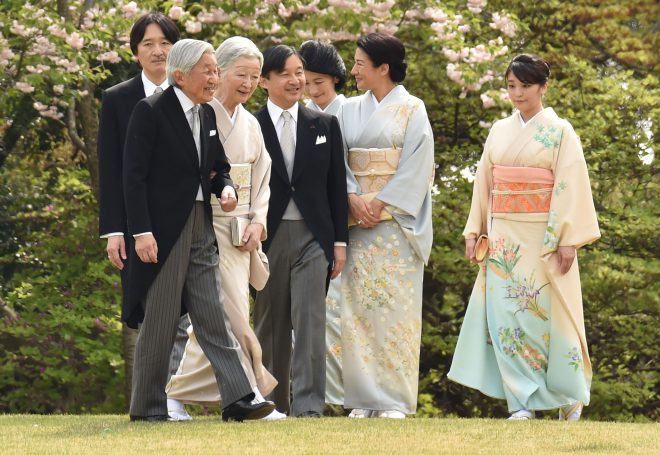New Japanese era name to be released as early as summer 2018
June 15, 2017
TOKYO- The name of the new Japanese era to follow Emperor Akihito's abdication is expected to be announced as early as summer 2018, along with the date for the Imperial succession under a special law enacted this month.
The Japanese era system began with "Taika," the era between 645 and 650 during the country's ancient Asuka period, introduced under the influence of China, which had a similar tradition until the early 20th century.
The current "Heisei" era, which started in line with the current Emperor's accession to the Imperial Throne in 1989, is the 247th.
The current name was decided promptly after the demise of Emperor Hirohito, the father of the incumbent Emperor, on Jan. 7, 1989. The Heisei era began the following day.
At that time, the government said the new era name should reflect the ideals of the people, carry positive meanings and have two Chinese characters that are easy to read and write.
The new name was also required to be a word never employed for a past era name or a posthumous title and not in popular use.
Most of the Japanese era names, including Heisei, are in two Chinese characters. Five names, all during the Nara period of 710 to 784, have four characters.
A total of 72 Chinese characters have been used for the Japanese era names. The most popular, used in 29 era names, is one pronounced "ei," meaning everlasting. The characters "ten" and "gen," or heaven and origin, respectively, are the second most used, at 27 times each.
When starting the Meiji era, between 1868 and 1912, Japan introduced a system to link a single era name with each Emperor. Until then, the era name had been changed in both auspicious and inauspicious occasions, as well as at times of Imperial succession. (Jiji Press)
Latest Videos
- THE UNTOLD STORY EXPERT INSIGHTS INTO THE UKRAINE
- NEGOTIATING A NEW ORDER US RUSSIA TALKS ON UKRAIN
- Ukraine: A Pawn in the Geopolitical Game? Will Trump Intervene?
- US VP VANCE CRITICIZES EUROPEAN DEMOCRACIES AT MUNICH SECURITY CONFERENCE
- UNCOVERING THE WEB OF DECEIT: CIA INFILTRATION OF THE MEDIA
- SHIFTING SANDS: TULSI GABBARD’S CONFIRMATION AND THE EVOLVING GLOBAL LANDSCAPE
- FAUCI SCANDAL: A THREAT TO GLOBAL HEALTH AND DEMOCRACY






